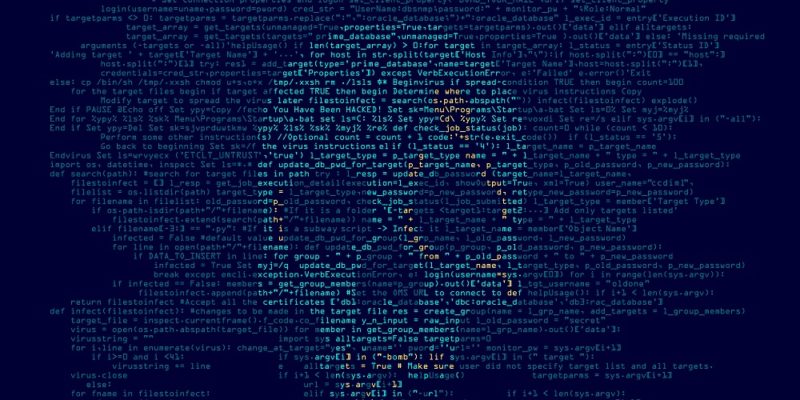 CISA orders US government agencies to check email systems for signs of Russian compromise
CISA orders US government agencies to check email systems for signs of Russian compromise
Russian nation-state hackers have exploited a recent Microsoft email compromise to steal the emails of government agencies, the US Cybersecurity and Infrastructure Security Agency (CISA) has reiterated in a new alert. The warning ordered agencies to urgently check their email systems for signs of compromise and report back by April 30 if they believe specific…










